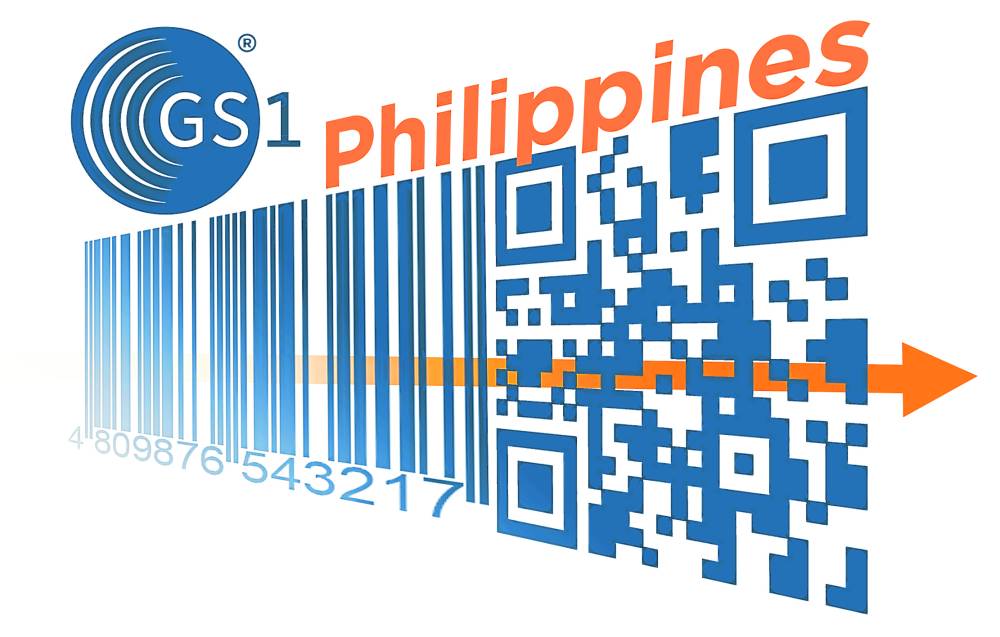Going 2D: Full shift from the 50-year-old barcode takes shape
The sharp beep of the checkout counter is a sound instantly recognizable to many Filipinos shopping in grocery stores, supermarkets or pharmacies.
As customers, items in hand, line up at the checkout, each swipe under the POS machine triggers a distinctive beep, signaling the reading of the black-and-white stripes printed on every product’s packaging.
This group of lines and the combination of numbers are what we now know as the barcode. But this technology heralds a revolution in retail and technology, tracing back to the first scan of a barcode in 1974.
During the 1940s, American engineer Norman Woodland first conceived the idea of using machine-readable code to streamline the tracking and management of inventory for grocery store owners.
This idea came to fruition with the introduction of the Universal Product Code (UPC) barcode in retail in April 1973. On June 26, 1974, the first beep was heard over a checkout counter in Ohio.
Article continues after this advertisementStripes in the Philippines
Since then, businesses have shifted from manual processes to adapting fast and automated product identification, pricing and inventory management, revolutionizing the modern supply chain across various industries.
Article continues after this advertisementThe adoption of the UPC barcode not only transformed retail in the 1970s but also set the foundation for ongoing advancements in inventory and supply chain management that continue to evolve today.
In the Philippines, barcodes were implemented in the late 1980s and early 1990s, enhancing processes in industries such as retail and commerce. The establishment of the UPC system standardized barcode formats, facilitating integration with global trade networks.
The implementation of barcode technology has prompted many businesses to adopt it for their processes, with the ripple effect of this technology extending beyond retail shelves to transform entire industries.
In manufacturing, the adoption of barcodes has enabled efficient inventory tracking, reducing stockouts and improving order accuracy. Manufacturers can now monitor raw materials and finished goods in real time, optimizing production processes and minimizing waste.
The adoption of barcode technology in Philippine logistics has revolutionized goods handling, storage and shipping in its archipelagic setting. This technology allows real-time shipment tracking, improving visibility from checkout to delivery. This, in turn, enhances inventory forecasting and management, helping companies adjust to demand changes, reduce delays, prevent stockouts and ensure timely delivery.
Barcodes have significantly enhanced the health-care industry by improving patient safety and operational efficiency. Patients wear barcode wristbands that allow quick access to vital information, ensuring accurate treatments and attentive care.
This reduces medication errors and improves health outcomes. Additionally, barcodes aid in precise patient identification, streamline medical supplies inventory management and track medical devices, boosting health-care delivery efficiency.
Next-gen barcodes
Global identification standards have provided great efficiencies across multiple industries spanning over 150 countries. With this technology’s global reach, the barcode serves over 2 million companies, ensuring the smooth flow of goods and information across more than 25 industries. As the market continues to flourish, local organizations are preparing to meet the escalating demand for seamless operations.
Locally, GS1 Philippines is helping over 5,000 businesses to become globally competitive with its product identification systems. The demand is projected to see an expected upsurge reaching approximately 30,000 retailers to be achieved by 2024, further empowering retailers to thrive in a tech-driven landscape and drive sustainable growth in the coming years.
Barcode technology has revolutionized the global economy over the past 50 years, and it is now paving the way for next-generation 2D barcodes to repeat history and take things to the next level.
One prominent example of the 2D barcodes is the QR codes, which have been paving the way for the next phase of barcode innovation. According to the latest QR code statistics report, there were a remarkable 26.95 million QR code scans worldwide in 2023, recording a 433-percent increase over the past two years.
The rise of QR codes is largely driven by smartphone usage. With 7.1 billion global smartphone users this year, there is a clear demand for mobile-first technology such as QR codes.
The 2D barcodes have expanded the barcode’s capabilities by storing large amounts of data in a compact format. In the Philippines, QR codes have become particularly prevalent, serving as a bridge between the physical and digital worlds.
Beyond their traditional retail applications, QR codes have been embraced in areas like mobile payments, contactless menus, digital marketing and event ticketing.
The goal of fully transitioning to 2D barcodes by 2027 further underscores their importance in modern technology, as businesses and organizations worldwide have been working on this transformative shift.
With smartphones becoming commonplace, QR codes have found a natural home in consumers’ hands, enabling easy access to information, promotions and interactive experiences.
As the future unfolds, 2D barcodes hold tremendous potential to further enhance customer engagement, enable personalized marketing campaigns and offer seamless digital integration.
As the barcode continues to evolve, the future looks even more promising. As businesses and consumers embrace this technological convergence, new possibilities will unfold, further transforming the Philippine retail landscape in exciting and innovative ways.
The lines may be reshaped, but the beep at the checkout counter is here to stay, echoing through each innovation and reminding us that progress builds on the familiar foundations of our everyday experiences.
